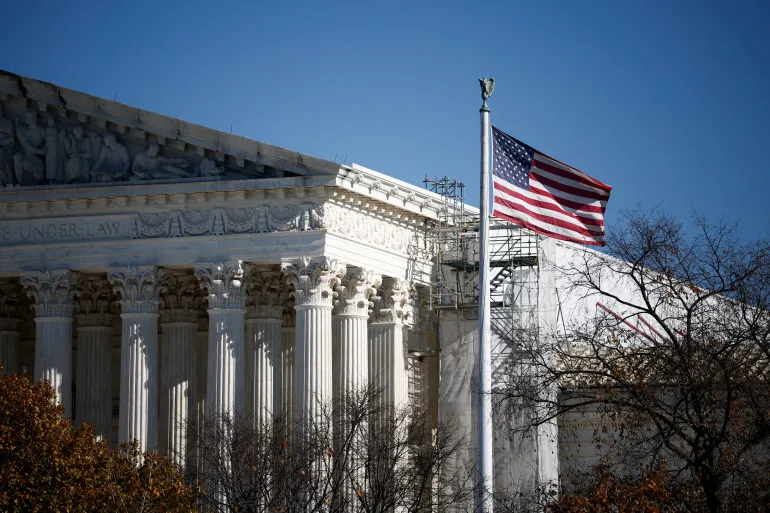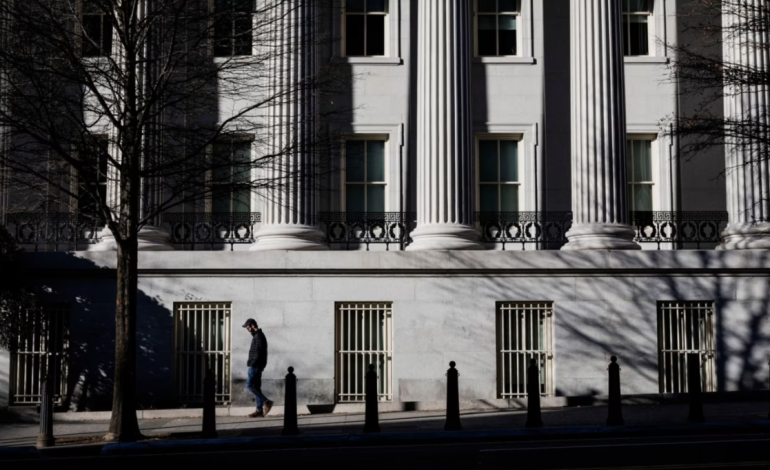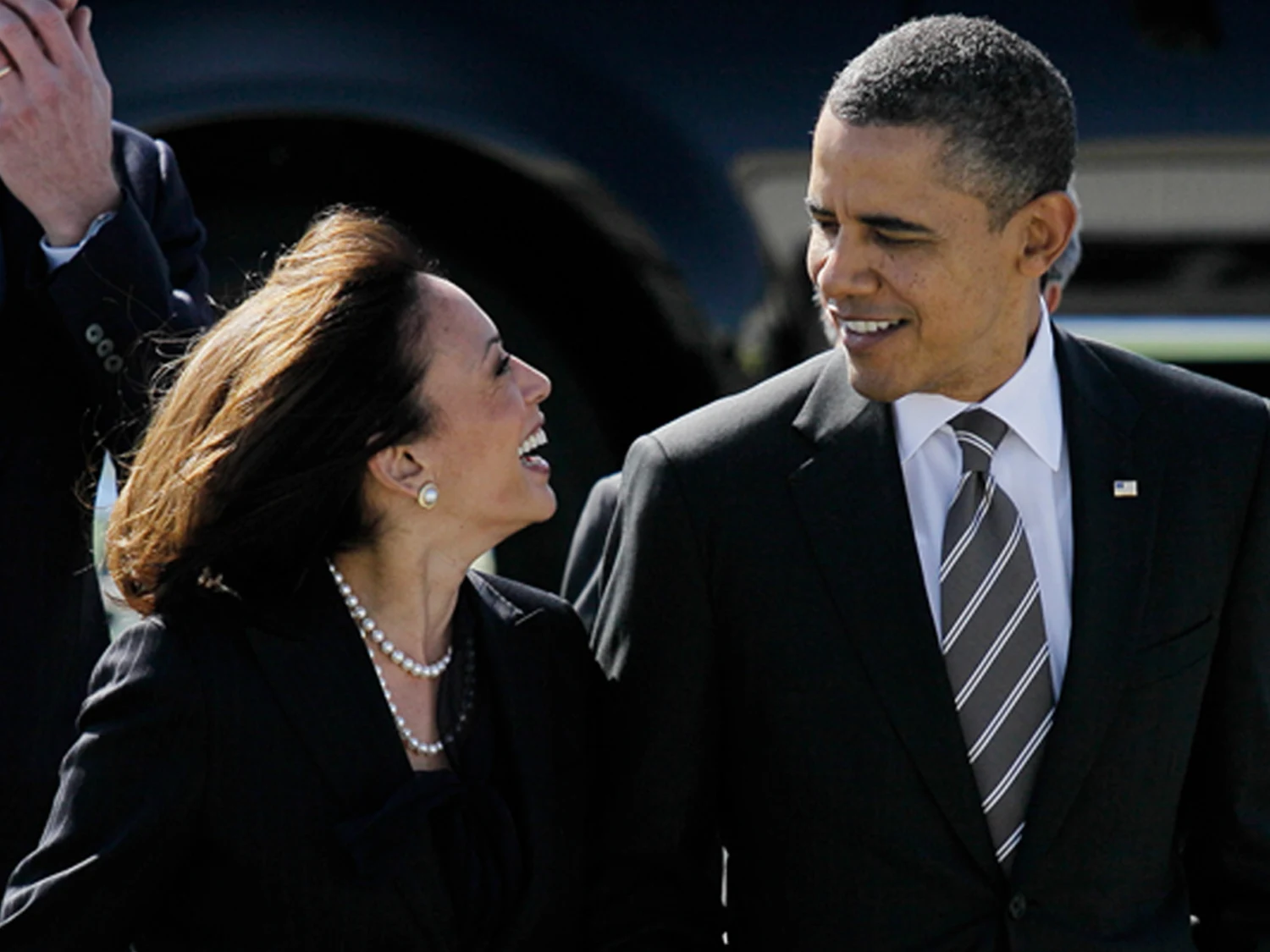Global investors are increasingly reallocating their bond portfolios away from US government debt, citing growing concerns over America’s fiscal trajectory and the economic implications of recent policy decisions under President Donald Trump.
The shift reflects broader anxieties about trade tensions, rising deficits, and weakening demand for what has historically been considered one of the world’s safest financial havens.
The recent passage of a major tax bill by the House of Representatives — dubbed the “big, beautiful” tax plan by Trump — has reignited fears about the US government’s borrowing needs. Analysts estimate that the legislation, if enacted, could add over $3 trillion to the national debt over the next decade, pushing the deficit to nearly 7% of GDP, a level typically associated with wartime spending.
These fiscal dynamics are playing out against a backdrop of heightened volatility in US Treasury markets. Long-dated government bonds have seen notable sell-offs, with yields on 30-year Treasuries rising above 5% — their highest since 2023 — as investor appetite wanes. Meanwhile, a weak auction of 20-year bonds this week signaled declining confidence, even as overall demand for US debt remains significant.
“The US is no longer the sole perceived safe haven,” said Vincent Mortier, Chief Investment Officer at Amundi, Europe’s largest asset manager. “The country has become the home of extreme fiscal indiscipline.”
Investment firms are now placing greater emphasis on international diversification. European, Japanese, and Australian debt markets are drawing increased attention, particularly as they offer relatively attractive yields amid improving economic fundamentals.
“Our client base is re-evaluating their allocations,” said Bob Michele, CIO at JPMorgan Asset Management. “They feel heavily overweight in US dollar assets and are concerned about tariffs, the deficit, and broader fiscal trends.”
The policy environment has played a significant role in shaping these concerns. President Trump’s April 2 announcement of broad tariffs — later referred to as “liberation day” — triggered market turbulence, undermining Treasuries’ traditional role as a counter-cyclical asset. Although Trump has since suspended some tariffs following market backlash, many analysts view the episode as a turning point in investor sentiment toward US assets.
The dollar has also weakened significantly, down 8% this year against major global currencies.
“The dollar is the story,” said Lindsay Rosner of Goldman Sachs Asset Management. “There is power in diversification outside the US.”
These developments coincide with warnings from credit agencies. Last week, Moody’s became the last of the major rating firms to strip the US of its AAA credit rating, citing unsustainable debt levels projected to reach 134% of GDP by 2035. The downgrade has amplified calls for a reassessment of US fiscal policy and its long-term implications for capital markets.
Notably, US debt dynamics have global ramifications. Rising yields in other developed markets, including Japan and Europe, could entice domestic investors to repatriate capital, potentially reducing demand for US Treasuries further.
“The traditional role of US government bonds may diminish,” said Henry McVey of KKR. “We are having serious conversations with clients about reducing exposure to US capital markets.”
Though the dollar remains the world’s reserve currency, and Treasuries a cornerstone of global finance, experts agree that a “new core” may be emerging. Investors are showing renewed interest in regions like southern Europe, once considered high-risk, as they seek yield and stability in an increasingly uncertain global landscape.
The Financial Times and the Telegraph contributed to this report.










The latest news in your social feeds
Subscribe to our social media platforms to stay tuned